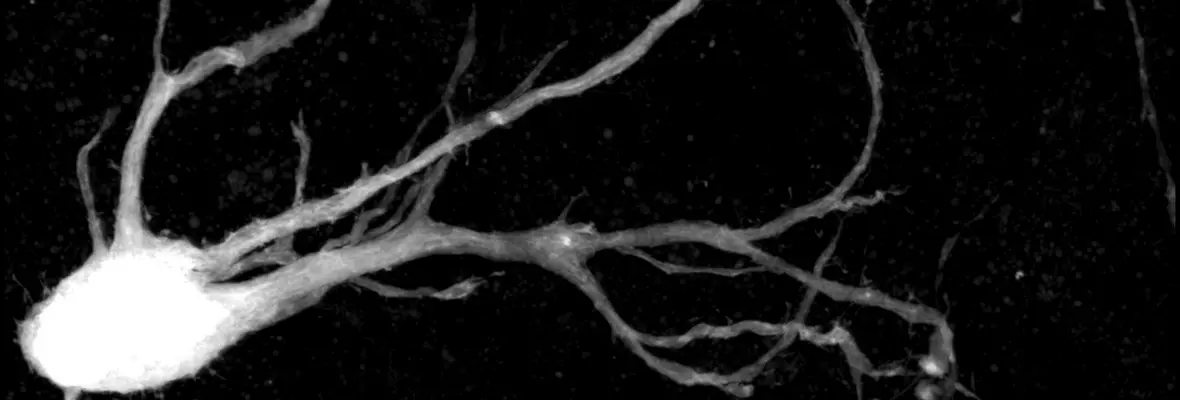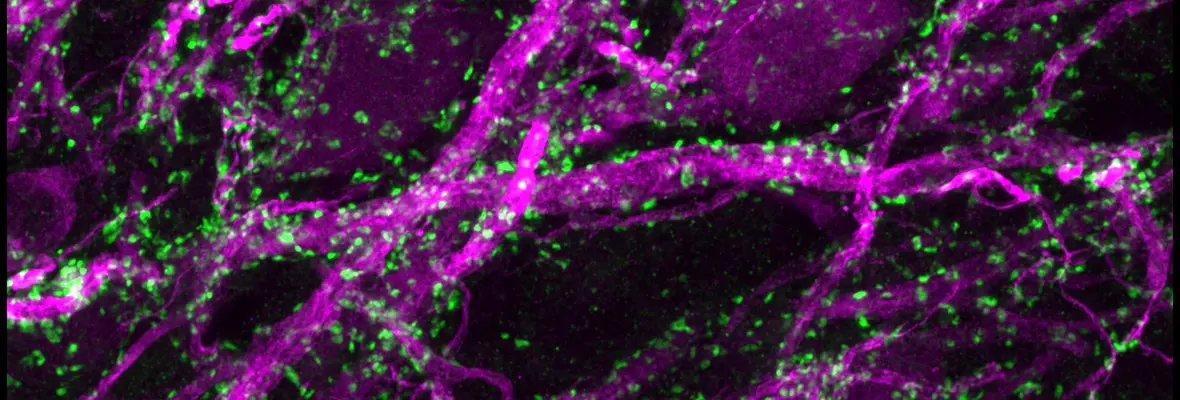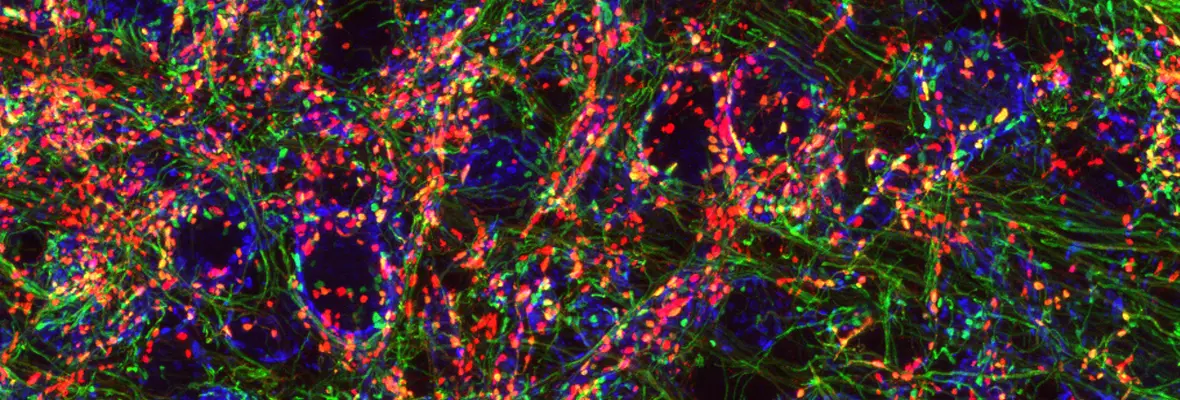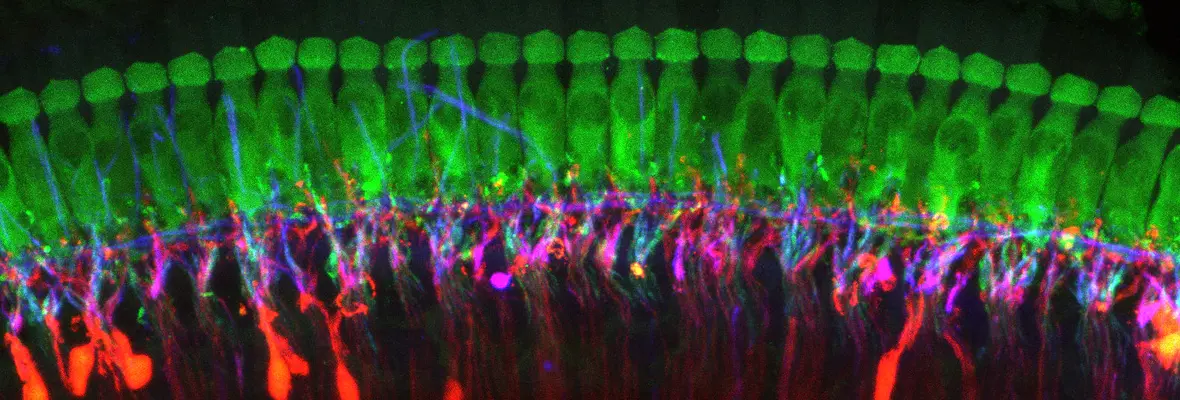Home
Our lab uses a combination of anatomical and electrophysiological techniques to study neurons in the central auditory system that encode timing cues in auditory stimuli. We study circuits across the auditory system, but have a particular interest in cells in the mammalian brainstem called octopus cells. Octopus cells have long, tentacle-like dendrites that all point in the same direction, inspiring anatomists to name them after octopuses.

QUESTIONS
Understanding how neural circuits develop can shape hypotheses about the anatomical and physiological mechanisms that underlie adult function.
How do specialized neurons like octopus cells refine the morphological and biophysical properties needed to make computations about timing?
What are the molecular and functional consequences of dysfunction, disorder, or injury on a specialized cell population that requires anatomical and synaptic stability?
APPROACHES
- Genetic models allow us to target, visualize, and manipulate auditory circuits to investigate how they develop.
- Anatomical reconstructions and circuit mapping set the foundation for what computations the circuit can make.
- Whole-cell patch-clamp recordings in vitro combined with optogenetic and chemogenetic manipulations reveal intrinsic physiological and synaptic properties.
Latest News
-
NGG Graduate Student
Monday, June 23, 2025
Welcome Lucas! Lucas is a NGG graduate student who will be rotating with us this summer.
-
Research Specialist
Tuesday, July 1, 2025
Join us in welcoming Renee, our new Research Specialist!
-
Undergraduate Researcher
Wednesday, October 15, 2025
We’re excited to have Denisia George join the lab! She is a freshman at the University of Pennsylvania, planning on majoring in Neuroscience, and is interested in how neural circuits shape behavior, emotion, and cognition.





